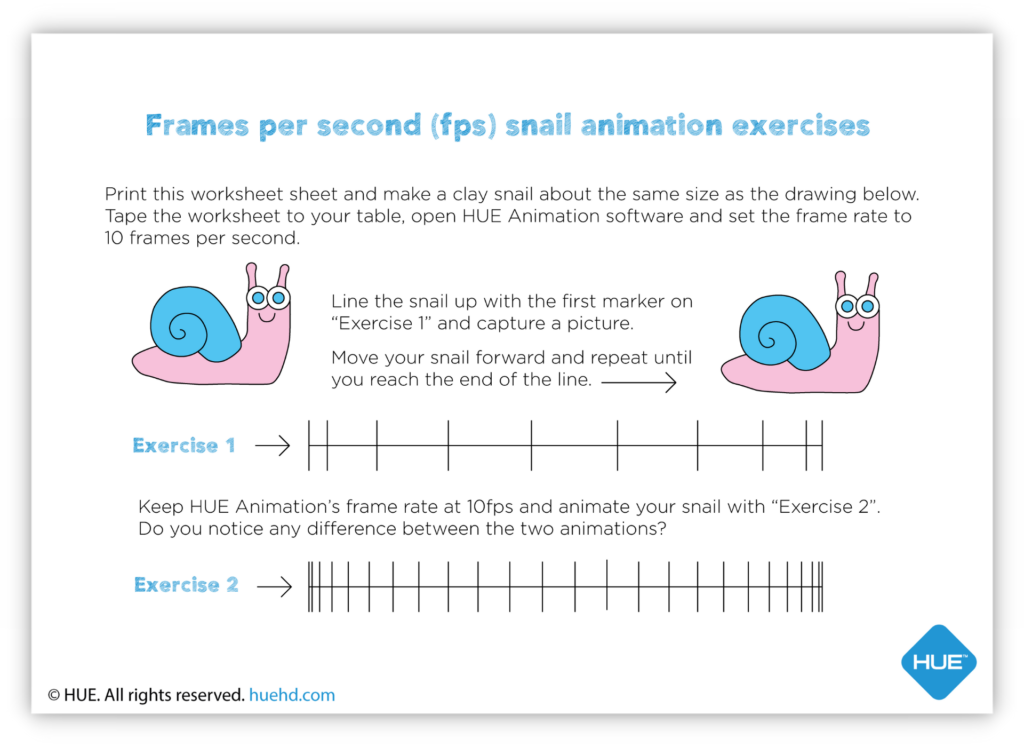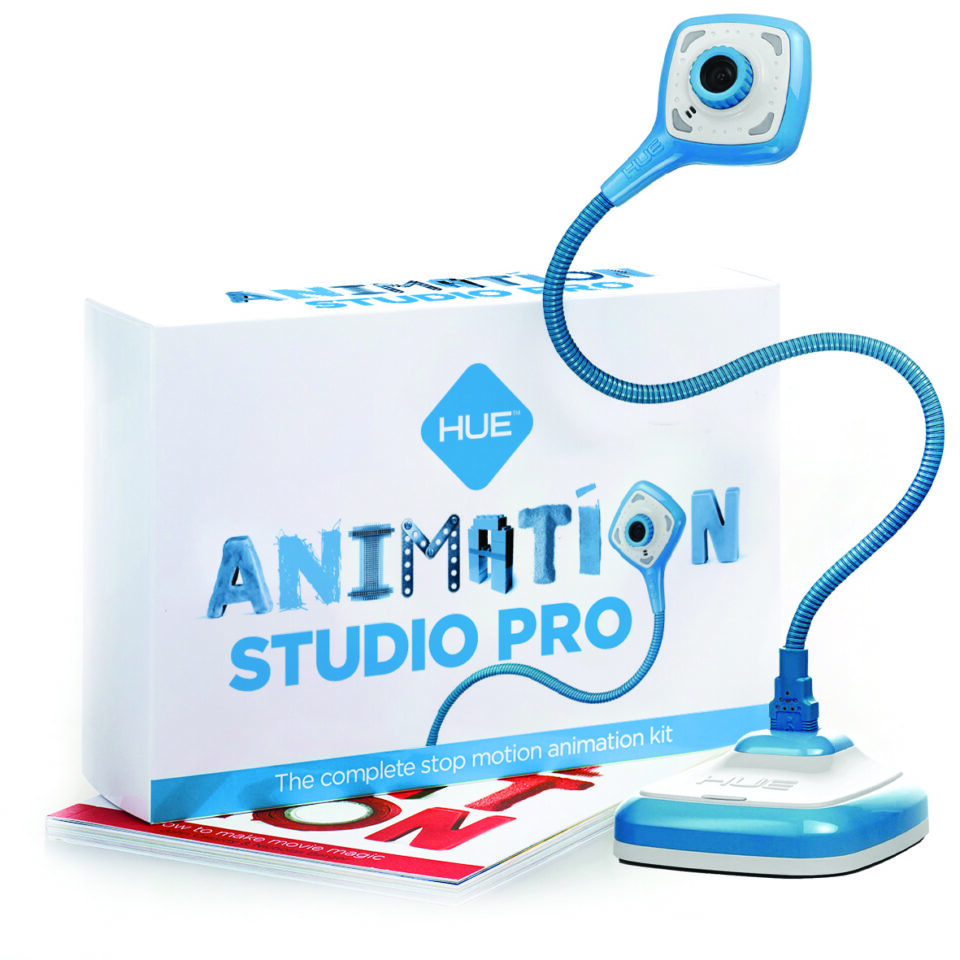
Visualisers: a ‘must-have’ tool for teaching

HUE HD Pro wins Tech & Learning Best of 2021 Award
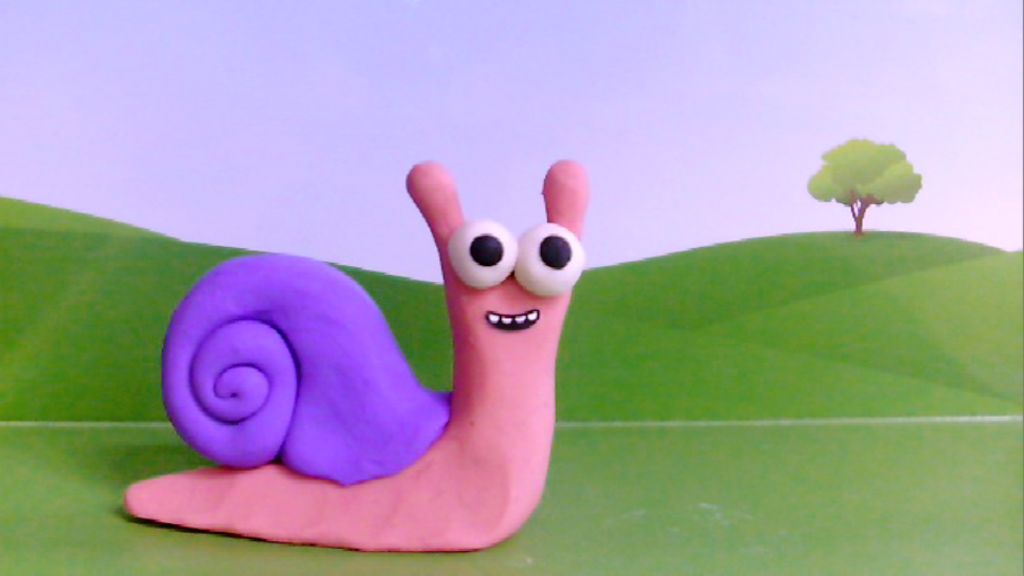
Stop motion animation is a filmmaking technique where physical objects are repeatedly moved and photographed in a sequence to tell a story through pictures.
When these pictures (known as ‘frames’) are played back quickly as a movie, our eyes and brains trick us into thinking that what we are seeing on screen is something that is actually moving.
The ‘frame rate’ is also called the ‘frames per second’ (fps), and refers to the number of images we see in every second of an animated sequence or movie. If the fps is set too low, the animation will look choppy, as though the individual frames are being shown to us one by one. At higher frame rates, it becomes harder for us to perceive individual frames and animated sequences appear to move more fluidly.
Snail animation exported at 3, 10 and 25 frames per second
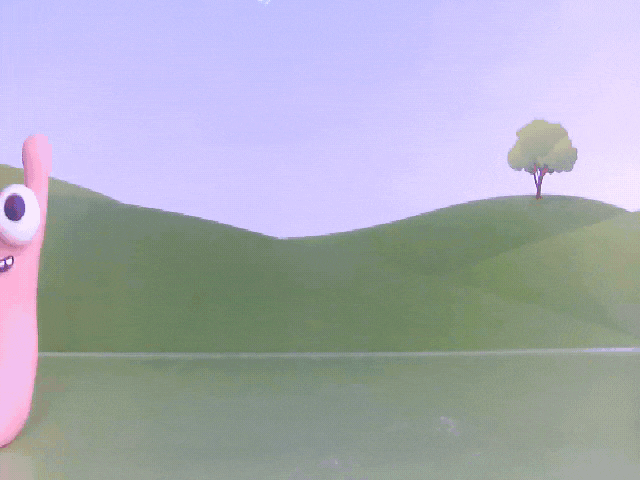


In the HUE Animation software, the default frame rate is set to 10 fps. This represents just enough frames per second to create the desired optical illusion and is easy enough if you are a beginner.
To adjust the frame rate of your HUE Animation project, simply toggle the horizontal slider which can be found below the left-hand playback window. You also have the option to type the exact frame rate into the adjacent text box.
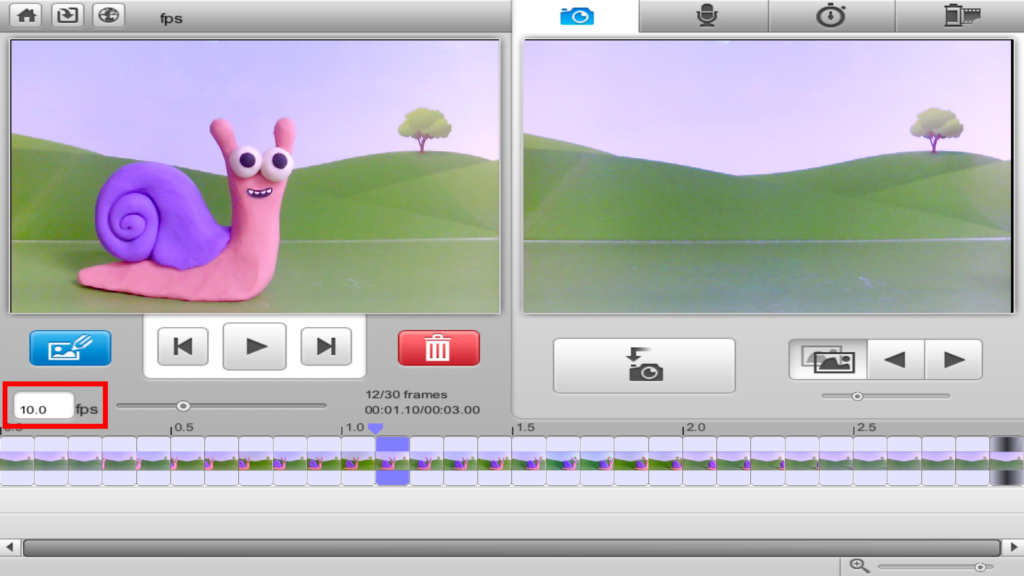
If you find that your animation is moving too quickly, you can slow it down by reducing the frame rate or, to keep your animation nice and smooth, you could move your character less between each frame and capture more pictures. If you want to make some slight adjustments to the timing of your animation you can delete individual frames or duplicate them.
Remember that the higher the frames per second, the faster your video will play and the more frames you will need to capture!
If you want your character to move from point A to point B in two seconds, you can work out how many frames you need to capture by multiplying the fps by the number of seconds. For two seconds of animation at 10fps you would need to capture 20 frames, at 12fps you would need to capture 24 frames and so on.
It can be helpful to try animating at different frame rates and by moving your character in smaller and larger increments to see how that affects the timing of your final animation.
When it comes to making movies, the most important thing to remember is that it’s the story that matters the most, so animate at whatever frame rate you feel comfortable using.
If you have made a movie with HUE Animation Studio we would love to see it! So please send us a message if you would like to share your creations with the HUE Community on YouTube.
Happy Animating!

Find out more, subscribe to our blog, download resources, contact us or follow us on social media.



